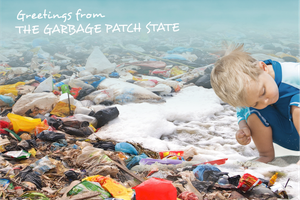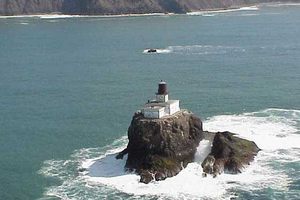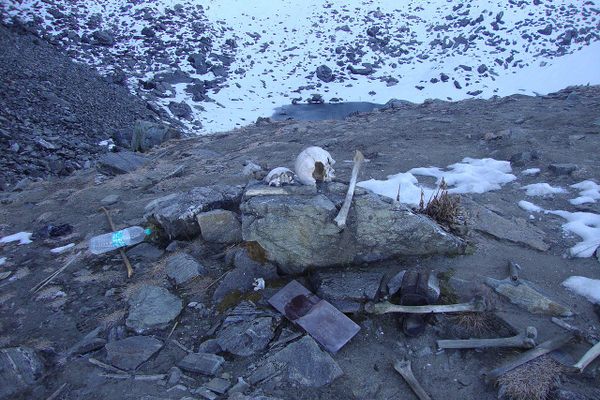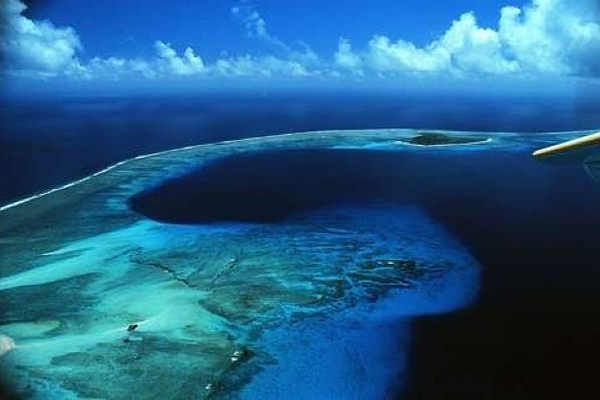About
As four major currents in the North Atlantic Ocean between Virginia and Cuba push rubbish through the sea, it gets absorbed into a giant marine trash island we now call the North Atlantic Garbage Patch.
Humans annually produce about 200 billion pounds of plastic and about 10% of this material ends up in the ocean. These plastics accumulate in the sea and swirl around one of five oceanic gyres - regions where currents push water (and floating debris) in an inward circular motion, trapping it in the center. The results of this swirling waste are enormous floating garbage heaps.
First documented in 1976, researchers have only recently begun to clarify the formation and motion of these artificial islands. As part of the process to understand the monstrous garbage heaps, over 7,000 students hand-picked and catalogued tens of thousands of trash pieces brought in with nets over twenty years.
Using this data, scientists estimate that the North Atlantic Garbage Patch is hundreds of kilometers in size and has a density of 200,000 pieces of trash per square kilometer in some places. Despite its enormous size and density, the patch is, more often than not, invisible to the naked eye and even satellite imaging. The photodegradable plastic that makes up the vast majority of the mass shrinks to smaller than .01 of an inch and is pushed under the surface of the water by deep waves. Unfortunately, this attribute makes it all the more likely that the plastic - and all of its pollutants - will be swallowed by aquatic creatures.
Worse yet, the potential for cleanup is largely hopeless. Marine scientists predict that a massive filter attempt would ensnare countless small marine creatures, doing more harm to the ecosystem than good.
Related Tags
Published
August 21, 2013

















